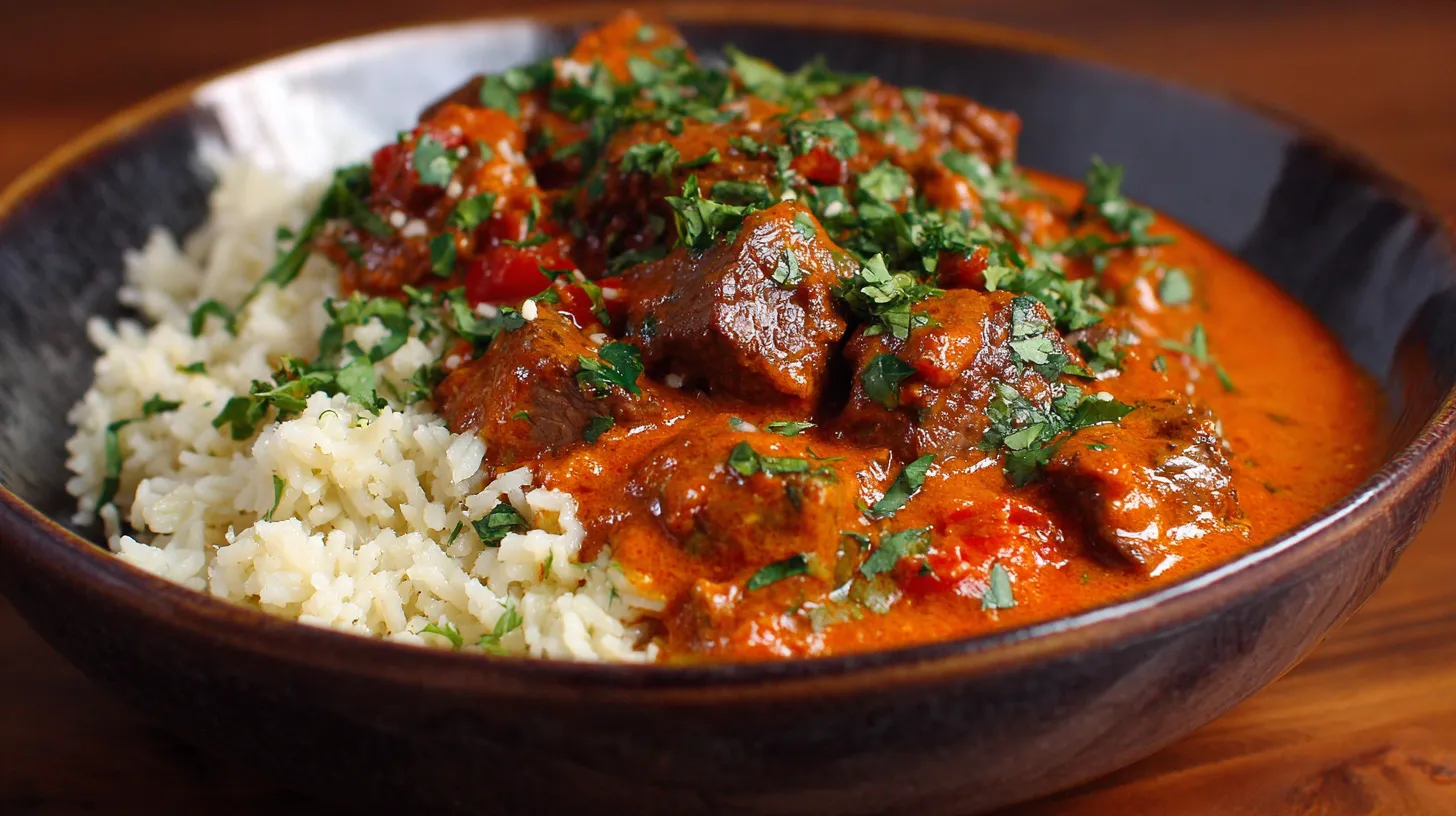Bagels, those iconic, chewy rounds of dough with their distinctive hole in the center, have become a staple in many cultures around the world. Originating from Jewish communities in Poland, bagels have a rich history that spans centuries, evolving from a traditional offering to a global breakfast and snack favorite. Let’s delve into the art of making bagels, their types, and how to enjoy them, ensuring you get the most out of every bite.
The Art of Bagel Making
Bagel making is an art form that combines simple ingredients with precise techniques to create a uniquely delicious product. The process is both a science and an art, demanding attention to detail and a bit of culinary flair. This comprehensive guide will walk you through the essential steps and ingredients involved in making authentic bagels, ensuring you can create these delightful treats in your own kitchen.
Ingredients and Preparation
Key Ingredients for Bagel Dough:
- Flour: The foundation of any bagel, high-gluten flour or bread flour, is essential for achieving the chewy texture that bagels are famous for. This type of flour contains a higher protein content, which is crucial for the development of gluten.
- Yeast: Yeast is a fundamental ingredient that helps the dough rise. It’s responsible for the fermentation process, which not only leavens the dough but also contributes to the bagel’s flavor.
- Sweeteners: Malt or honey are commonly used in bagel recipes. These sweeteners do more than just add flavor; they also feed the yeast and help in achieving a beautiful golden-brown crust.
- Salt: Salt is vital for flavoring the dough and regulating yeast activity, ensuring the bagels don’t rise too quickly.
- Water: The hydration agent for the dough, water’s temperature is crucial for activating the yeast and developing the gluten.
Preparing the Dough:
- Mixing: Start by combining the flour, yeast, sweetener, and salt in a large mixing bowl. Gradually add water and mix until a stiff dough forms. The dough should be firm and not sticky, requiring a bit more effort to knead than typical bread dough.
- Kneading: Knead the dough on a lightly floured surface for about 10 minutes. Proper kneading is crucial for developing the gluten, which gives bagels their characteristic chewy texture.
- Resting: Once the dough is kneaded, it needs to rest and rise. Place it in a lightly oiled bowl, cover with a damp cloth, and let it rise in a warm place until it doubles in size. This process can take anywhere from 1 to 2 hours.
Shaping and Boiling
Shaping:
- After the dough has risen, divide it into equal pieces. A standard bagel weighs about 4 ounces (113 grams) before baking.
- Roll each piece into a smooth ball, then shape into bagels by pushing your thumb through the center and gently stretching the dough to form a ring. The hole should be about 1 to 2 inches wide.
Boiling:
- The boiling step is what sets bagels apart from other types of bread. Bring a large pot of water to a boil and add a sweetener (such as malt syrup or honey) to the water. This helps with the Maillard reaction, contributing to the crust’s color and flavor.
- Boil the bagels for about 30 seconds to 2 minutes on each side. This gelatinizes the starches on the surface, creating the bagel’s characteristic shiny crust and dense interior.
Baking
- Preheat your oven to a high temperature (between 425°F to 475°F or 220°C to 246°C).
- After boiling, place the bagels on a baking sheet lined with parchment paper or a silicone mat. Optionally, you can add toppings like sesame seeds, poppy seeds, or coarse salt before baking.
- Bake for 20 to 25 minutes, or until the bagels are golden brown and have a hard crust.
Making bagels at home requires patience and practice, but the result is incredibly rewarding. Each step, from mixing the dough to boiling and baking, contributes to the texture and flavor of the bagel. With this guide, you’re well on your way to mastering the art of bagel making, bringing a piece of culinary tradition into your home. Enjoy the process and the delicious results!
Exploring the Diversity of Bagels and Their Toppings
Bagels, a beloved staple in many cultures, have made a significant mark on culinary traditions around the world, particularly in America. Their versatility and deliciousness have led to an array of types and toppings, catering to a wide range of tastes and preferences. Among the most celebrated varieties are New York-style and Montreal-style bagels, each with its unique characteristics and loyal following.
Types of Bagels
New York-Style Bagels: Known for their large size, soft interior, and chewy texture, New York-style bagels undergo boiling in water before bakers bake them. This process imparts the distinctive shine and chewiness to the bagels. People often enjoy these bagels with a simple schmear of cream cheese or layer them with lox and onions for a classic New York delicacy.
Montreal-Style Bagels: Montreal-style bagels stand out for being smaller, denser, and often sweeter than their New York counterparts. This sweetness comes from the addition of honey or malt in the dough and in the boiling water. Montreal bagels are baked in wood-fired ovens, which imparts a distinctive flavor and a crunchier crust. They are traditionally topped with sesame or poppy seeds.
Bagel Toppings and Fillings
The world of bagel toppings and fillings is vast and varied, allowing for endless creativity. Here are some classic and adventurous options to consider:
- Cream Cheese and Lox: A timeless combination that pairs the smoothness of cream cheese with the salty, briny flavor of lox (smoked salmon), often accompanied by capers, red onions, and slices of tomato.
- Everything Seasoning: A popular choice that includes a mix of sesame seeds, poppy seeds, garlic flakes, onion flakes, and sea salt, offering a burst of flavor in every bite.
- Sesame and Poppy Seeds: Simple yet delightful, these seeds add a nutty flavor and crunchy texture to the bagel’s exterior.
- Avocado: For a more contemporary twist, mashed avocado or avocado slices make for a creamy, nutritious topping that pairs well with a sprinkle of salt and pepper or chili flakes.
- Egg and Cheese: Transform your bagel into a hearty breakfast sandwich with a fried or scrambled egg and melted cheese, perfect for starting the day with energy.

The Rich History of Bagels in America
The enduring popularity and adaptability of bagels in America stand as a testament to their history. Jewish communities in Eastern Europe initially introduced bagels, but they quickly found a new home in America, where various cultures have embraced and adapted them. In particular, New York City emerged as the epicenter of the bagel revolution, with its bagel bakeries evolving into institutions that have shaped American cuisine and culture.
Bagels have transcended their initial ethnic roots to become a beloved feature of the American culinary landscape. Their versatility has allowed them to evolve with changing tastes and preferences, from the introduction of whole wheat and gluten-free varieties to the inventive toppings and fillings that reflect contemporary food trends.
Exploring the world of bagels offers a glimpse into a rich culinary tradition that continues to evolve. Whether you prefer the classic New York-style bagel with cream cheese or the sweeter, denser Montreal-style bagel, the possibilities are endless. The journey through the diverse flavors and histories of bagels is not just about enjoying a delicious snack; it’s about experiencing a piece of culinary history that reflects the melting pot of American culture.
Health, Nutrition, and Practical Tips for Bagel Lovers
Bagels, with their dense, chewy texture and delightful taste, are a favorite choice for breakfasts and snacks. However, their nutritional content, particularly concerning calories and carbohydrates, often raises questions about their place in a balanced diet. Understanding these aspects, along with some frequently asked questions, can help you enjoy bagels in a healthier way.
Health and Nutrition
While traditional bagels made from refined white flour are high in carbohydrates and calories, there are healthier alternatives that don’t compromise on taste. Opting for bagels made with whole wheat flour can significantly increase your fiber intake, which is beneficial for digestion and overall health. Whole wheat bagels also have a lower glycemic index, meaning they have a less dramatic effect on blood sugar levels.
Gluten-free varieties cater to those with celiac disease or gluten sensitivity, offering a way to enjoy bagels without the adverse effects of gluten. These are often made from a blend of rice, tapioca, and other gluten-free flours. While gluten-free bagels might have a different texture, many find them equally satisfying.
FAQs
Are Bagels Vegan? Most traditional bagels are vegan, as they are made from basic ingredients like flour, water, yeast, sugar, and salt. However, some varieties may include non-vegan ingredients such as eggs, honey, or dairy-based toppings. Always check the ingredients if you’re adhering to a strict vegan diet.
Can Bagels Be Part of a Weight Loss Diet? Yes, bagels can be included in a weight loss diet, but portion control and the choice of toppings are key. Opting for whole grain bagels and nutritious toppings like vegetables, low-fat cream cheese, or avocado can make bagels a filling and healthy option. Consider eating half a bagel when watching calorie intake.
How Can I Make Bagels Healthier? To make bagels healthier, choose whole grain or whole wheat varieties for added fiber and nutrients. You can also top your bagels with healthy options like natural peanut butter, hummus, or fresh veggies instead of high-fat or sugary spreads. Homemade bagels can be made with alternative flours and natural sweeteners for an even healthier twist.
What Is the Best Way to Reheat a Bagel? The best way to reheat a bagel and maintain its texture is by cutting it in half and toasting it. If the bagel is frozen, you can thaw it overnight in the refrigerator or briefly microwave it (wrapped in a damp paper towel) before toasting. For a softer texture, wrap the bagel in aluminum foil and warm it in an oven preheated to 350°F for about 10-15 minutes.
Are Bagels Better for You Than Bread? The healthiness of bagels versus bread depends on the specific types and ingredients of each. Generally, bagels are denser and higher in calories and carbohydrates than a single serving of bread. However, whole grain bagels and bread can be part of a healthy diet when eaten in moderation and paired with nutritious toppings or fillings.
Do Bagels Contain Dairy? Traditional bagel recipes do not contain dairy and are made with water-based dough. However, some specialty bagels or flavored varieties might include dairy ingredients like cheese, milk, or butter. Always check labels or ask the baker if you have dairy sensitivities or are following a dairy-free diet.
How to Store Bagels to Keep Them Fresh? For short-term storage (a few days), keep bagels in a paper bag at room temperature to maintain their texture. For longer storage, slice bagels in half and freeze them in an airtight bag or container. Avoid refrigerating bagels, as this can cause them to become stale more quickly.
Can I Make Bagels Without a Stand Mixer? Yes, you can make bagels without a stand mixer by mixing and kneading the dough by hand. It will require more effort and time to ensure the gluten develops properly, but it’s entirely possible and can be quite satisfying. Follow a recipe designed for hand kneading for best results.
How Long Do Bagels Last? Freshly baked bagels are best enjoyed within 48 hours of baking to savor their optimal texture and flavor. To maintain freshness for a couple of days, store them in a paper bag or wrap them in parchment paper. This allows the bagels to “breathe” and prevents them from becoming too moist or stale.
Can You Freeze Bagels? Bagels freeze exceptionally well, making them a convenient option for future enjoyment. To freeze, wrap each bagel individually in plastic wrap to prevent freezer burn and then place them in an airtight container or freezer bag. Frozen bagels can last up to three months. When you’re ready to eat one, thaw it at room temperature or use a toaster or oven to warm it up directly from the freezer, restoring its original texture and warmth.
Incorporating these FAQs into your bagel knowledge base can enhance your enjoyment and creativity, whether you make them at home or select them at your favorite bakery. Bagels open up a world of culinary possibilities, with their diverse types and flavors and the numerous ways to include them in a healthy, balanced diet.
Enjoying Bagels in a Balanced Diet
Bagels can fit into a balanced diet when consumed in moderation and when choosing healthier varieties. Pairing a whole wheat or gluten-free bagel with nutritious toppings like avocado, fresh vegetables, or lean proteins can make for a filling and balanced meal. Moreover, being mindful of portion sizes—considering half a bagel with a side of fruit or yogurt, for instance—can help manage calorie intake while still allowing you to enjoy this beloved food.
Making bagels at home also allows for customization, enabling you to control the ingredients and opt for healthier options. Whether incorporating whole grains, experimenting with gluten-free flours, or choosing your toppings wisely, homemade bagels can be a wholesome addition to any diet.
In conclusion, bagels, a testament to the delicious simplicity of bread-making, can be enjoyed in various forms, from a simple snack to a complex sandwich. With an understanding of their nutritional aspects and proper storage techniques, you can savor the universal appeal of freshly baked bagels in a way that suits your health goals and dietary preferences. Whether you’re a fan of the classic New York-style bagel, the sweeter Montreal variety, or a healthier homemade option, there’s a bagel out there for everyone.
For more delicious baking recipes and tips, explore our comprehensive Classic Chocolate Chip Cookies Guide, perfect for those who love to combine their baking adventures with classic favorites.






Really fantastic information can be found on web site.Raise
your business
Thank youuuuu